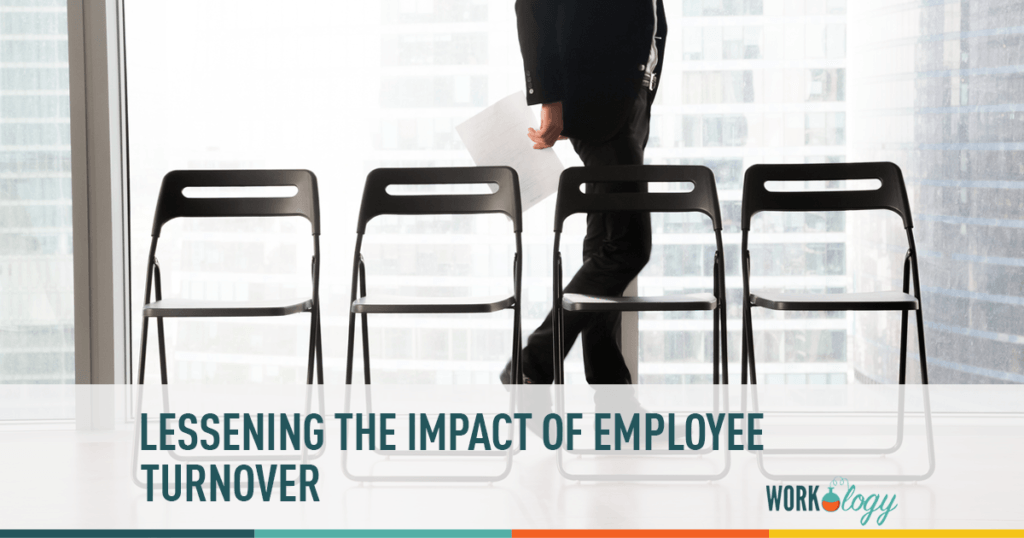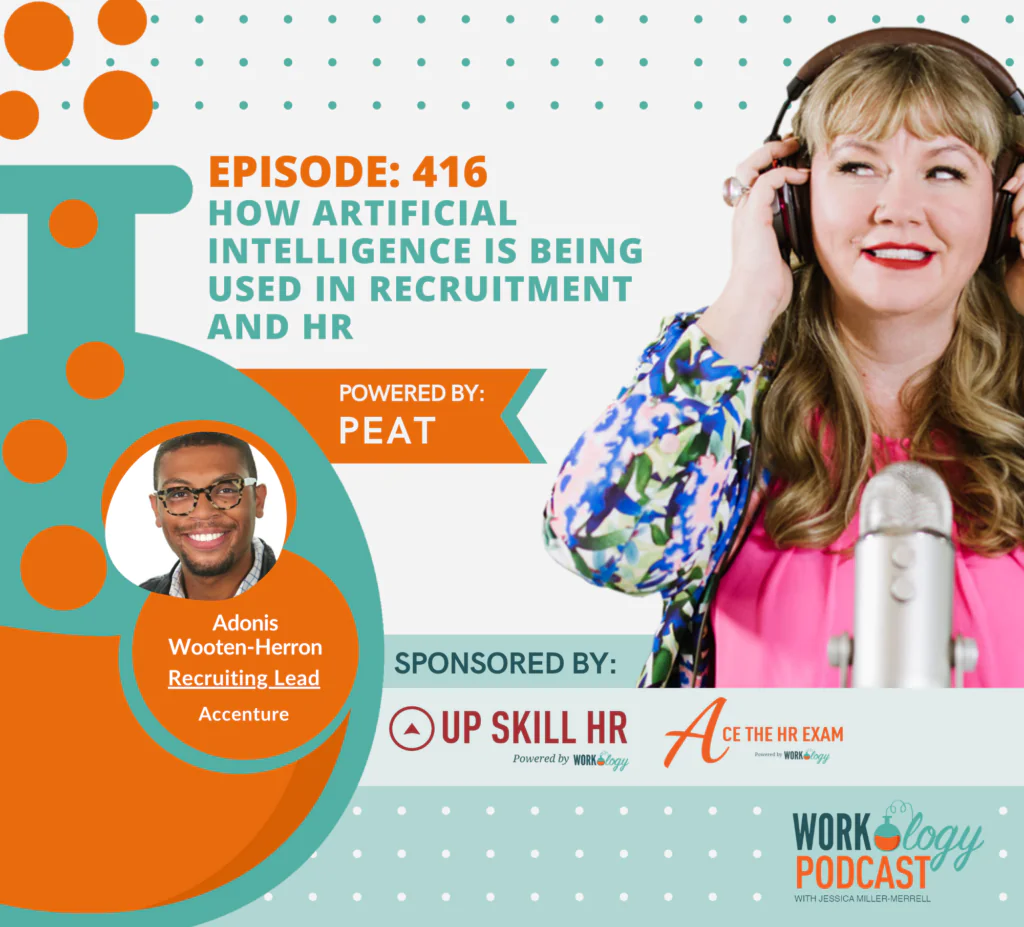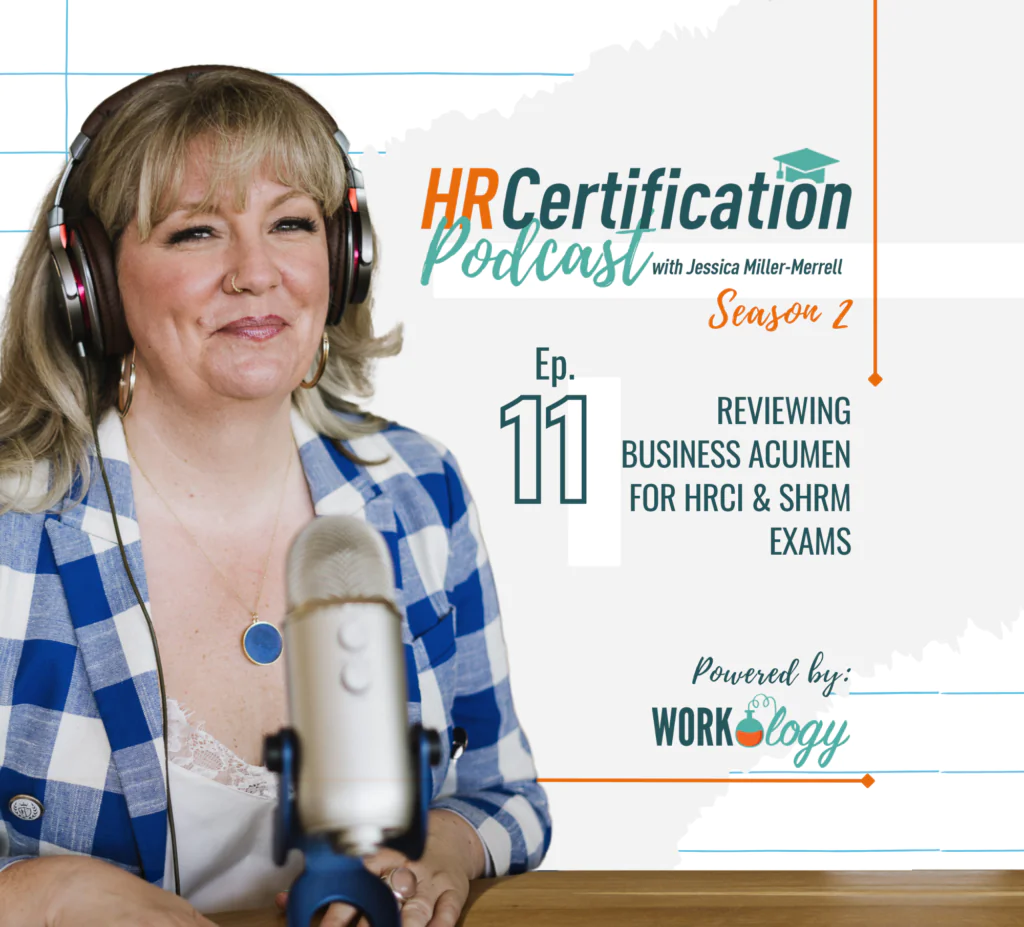Lessening the Impact of Employee Turnover
Due to declining unemployment, a lack of available skills in the workforce, and an increasing number of Baby Boomers reaching retirement age, turnover rates have been progressively rising in recent years. Although some turnover can be beneficial, the costs incurred by excessive turnover rates can add up quickly. There are things you can do as an HR professional to prevent the turnover wave from crashing down on your company, even if general factors like a retiring population are out of your control.
Assessing the Situation
A successful effort to manage turnover starts with an in-depth assessment of your situation. How does the turnover in your organization compare with others in your industry? What about within your geographic area?
According to the 2018 Turnover Report from the Compdata consulting practice at Salary.com, total turnover in 2018 reached 19.3% nationally across all industries, up from 15.7% in 2014. Voluntary turnover was reported at 14.2% in 2018, though that number varied greatly across different industries and regions. Understanding the levels of total and voluntary turnover that your peers are experiencing, and comparing it to your internal turnover metrics, can help you better understand what’s normal for today’s market, versus what is indicative of a larger, organization-specific problem.
As you begin your analysis, you’ll need to consider many different factors when calculating turnover rates and costs within your organization. You’ll want to start with gathering a cross-functional team, determining data points to analyze, and working forward from there.
Going Deeper
While macro turnover trends may be obvious, you may need to dig a little deeper to find the underlying causes that are specific to your organization. It’s good to look at your organization’s turnover numbers from multiple angles. Some places to start when it comes to employee turnover:
Tenure
Age
Skills
Departments
Shifts
Managers
Not only can it be telling to track the turnover of certain groups, but also to look at the staff who is staying. What are the main differences between these two groups?
Becoming a Strategic Business Partner in HR and Recruiting
Not only is addressing turnover important for improving corporate culture, but it’s also important for cutting expenses and maintaining competitiveness. There are actions you can take to create strategic solutions for your firm, irrespective the economic trends.
Focus your retention efforts where they will have the biggest impact after you’ve determined the precise areas where your company has room for improvement. Keep departmental leadership informed of any potential turnover based on skills that are in demand and take aggressive measures to keep people in such fields. Make that your compensation and benefits packages are competitive and in line with your compensation and benefits philosophy and strategy by conducting frequent market reviews.
If you need assistance from a strategic partner, schedule a call with us to discuss how we can help. We can bring substantial value and expertise to your efforts and special projects.







